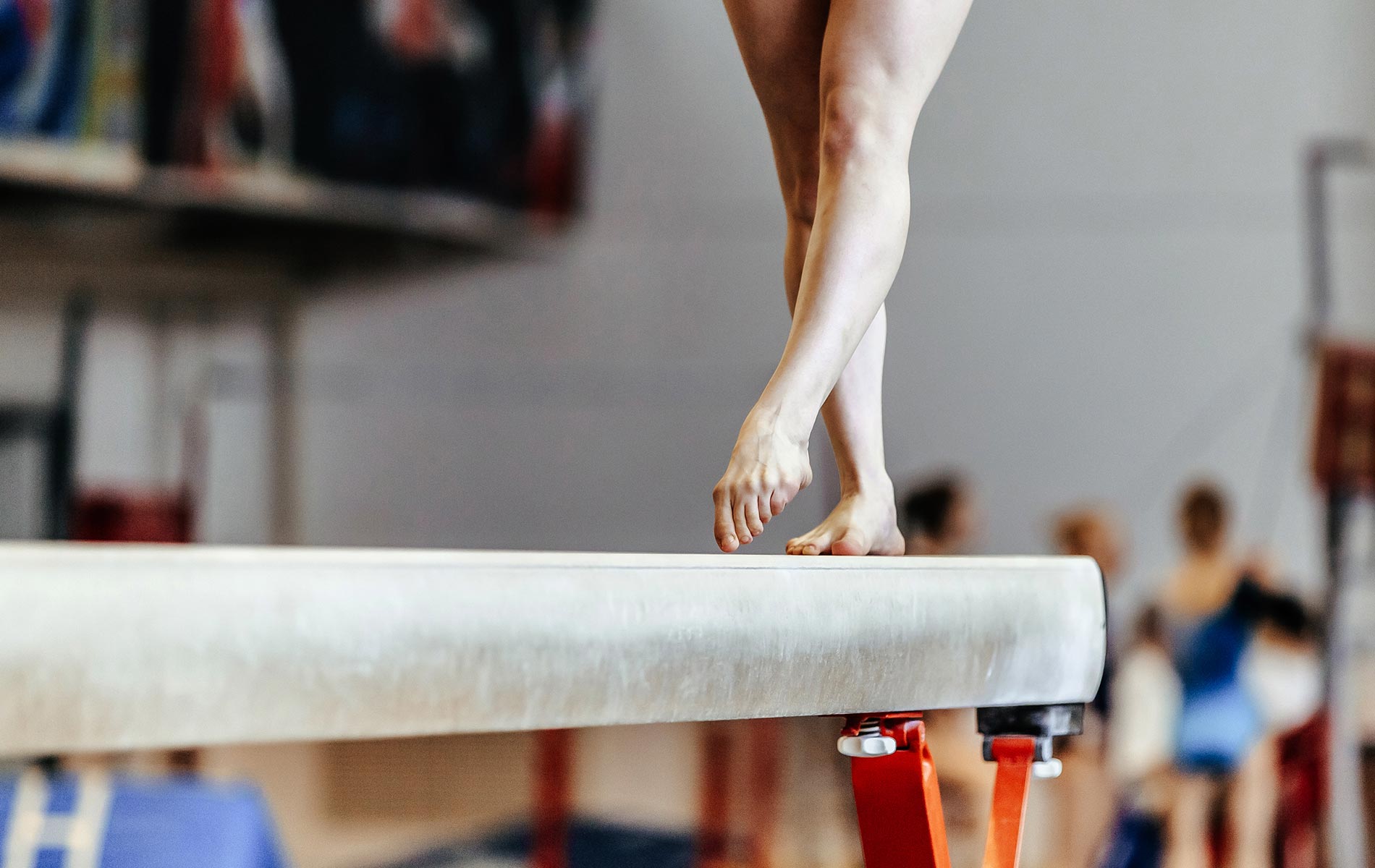Gymnastics Injuries

Gymnastics injuries – Gymnastics, a physically demanding sport, can expose athletes to a range of injuries. Understanding the common types, causes, and risk factors associated with these injuries is crucial for prevention and effective management.
Injuries in gymnastics can be classified into two main categories: traumatic and overuse injuries.
Gymnastics is a physically demanding sport, and injuries are common. Women’s gymnastics, in particular, has seen a rise in injuries in recent years. The upcoming women’s gymnastics olympic trials 2024 will be a major test for these athletes, as they push their bodies to the limit.
With the intense training and competition schedules, it is important for these gymnasts to take steps to prevent injuries and maintain their health.
Traumatic Injuries
Traumatic injuries are sudden, acute events that occur during gymnastics activities. These injuries often result from falls, collisions, or improper technique.
- Sprains and strains: Sprains are injuries to ligaments, while strains involve muscles or tendons. These injuries are common in ankles, wrists, knees, and elbows.
- Fractures: Fractures are breaks in bones and can occur in various parts of the body, including the wrists, ankles, legs, and arms.
- Dislocations: Dislocations occur when a bone is forced out of its normal position, often affecting the shoulders, elbows, or knees.
- Head injuries: Head injuries, including concussions, can result from falls or collisions.
Overuse Injuries
Overuse injuries develop gradually over time due to repetitive motions or excessive training. These injuries are often caused by inadequate rest, improper technique, or insufficient recovery.
Gymnastics is a physically demanding sport, and injuries are common. The us olympic trials are no exception, and several gymnasts have been injured in the lead-up to the competition. These injuries can be devastating for the athletes involved, and they can also have a major impact on the team’s chances of success.
Gymnastics injuries are a serious problem, and they need to be addressed in order to protect the health of the athletes.
- Tendonitis: Tendonitis is an inflammation of the tendons, which connect muscles to bones. It commonly affects the Achilles tendon, patellar tendon, and wrist flexor tendons.
- Stress fractures: Stress fractures are small cracks in bones caused by repeated stress. They are common in the shins, feet, and ankles.
- Carpal tunnel syndrome: Carpal tunnel syndrome is a condition that affects the nerves in the wrist, causing numbness and pain in the fingers.
- Patellofemoral pain syndrome: Patellofemoral pain syndrome, also known as runner’s knee, involves pain in the front of the knee caused by overuse or improper alignment.
Prevention and Treatment Strategies

Gymnastics injuries are common, but they can be prevented and treated effectively. By following these strategies, gymnasts can minimize their risk of injury and get back to training and competition as quickly as possible.
Preventive Measures, Gymnastics injuries
There are a number of things gymnasts can do to prevent injuries, including:
- Warm up properly before each workout.
- Stretch regularly to improve flexibility.
- Strengthen muscles to improve stability and balance.
- Use proper technique when performing skills.
- Wear appropriate clothing and shoes.
- Listen to your body and take breaks when needed.
Treatment Options
The treatment for a gymnastics injury will depend on the type of injury. Some common treatment options include:
- Rest
- Ice
- Compression
- Elevation
- Medication
- Physical therapy
- Surgery
Rehabilitation and Recovery
Once an injury has been treated, it is important to follow a rehabilitation program to help the gymnast regain their strength, flexibility, and range of motion. Rehabilitation may include:
- Exercises to strengthen muscles
- Stretching exercises to improve flexibility
- Balance and coordination exercises
- Cardiovascular exercise to improve endurance
By following these prevention and treatment strategies, gymnasts can minimize their risk of injury and get back to training and competition as quickly as possible.
Injury Impact and Management

Gymnastics injuries can have a profound impact on athletes’ physical and mental well-being, affecting their ability to train, compete, and enjoy their sport. The nature and severity of the injury will determine the extent of its impact, but common consequences include pain, reduced mobility, loss of strength, and impaired balance and coordination.
The psychological effects of gymnastics injuries can be just as significant as the physical ones. Athletes may experience anxiety, depression, and low self-esteem as they struggle to cope with the loss of their sport and the uncertainty surrounding their recovery. They may also feel isolated and alone, as they may not be able to participate in activities with their friends and teammates.
Challenges Faced by Injured Gymnasts in Returning to the Sport
Returning to gymnastics after an injury can be a challenging process, both physically and mentally. Athletes may need to gradually rebuild their strength, mobility, and coordination, and they may need to make adjustments to their training and technique to avoid re-injury.
The mental challenges of returning to gymnastics after an injury can be just as significant as the physical ones. Athletes may be afraid of re-injuring themselves, and they may lack confidence in their ability to perform at their previous level. They may also experience pressure from coaches, parents, and teammates to return to competition too soon.
Injury Management Protocols and Support Systems for Gymnasts
Effective injury management protocols are essential for helping gymnasts recover from injuries and return to the sport safely. These protocols should include:
- Prompt medical evaluation and diagnosis
- Appropriate treatment, including rest, ice, compression, and elevation (RICE)
- Gradual rehabilitation to restore strength, mobility, and coordination
- Psychological support to help athletes cope with the emotional challenges of injury
In addition to medical care, injured gymnasts also need a strong support system to help them through their recovery. This support system may include coaches, parents, teammates, and friends. These individuals can provide emotional support, encouragement, and practical assistance, such as helping with transportation to appointments or providing meals.